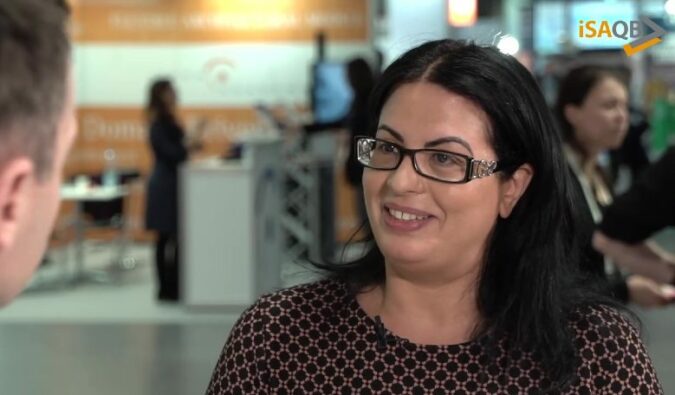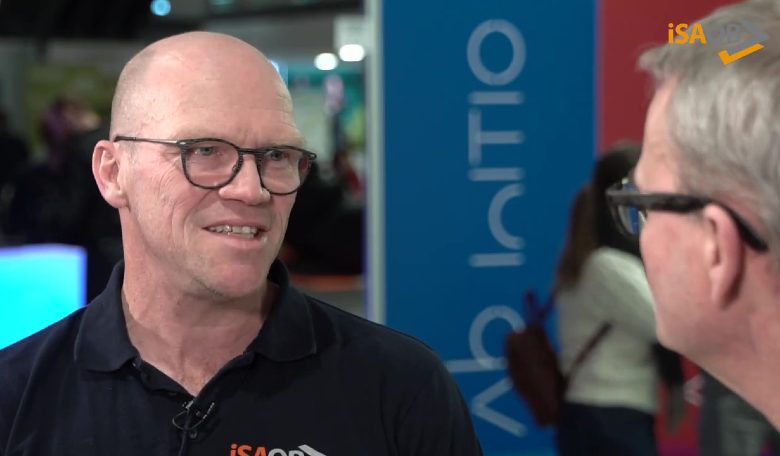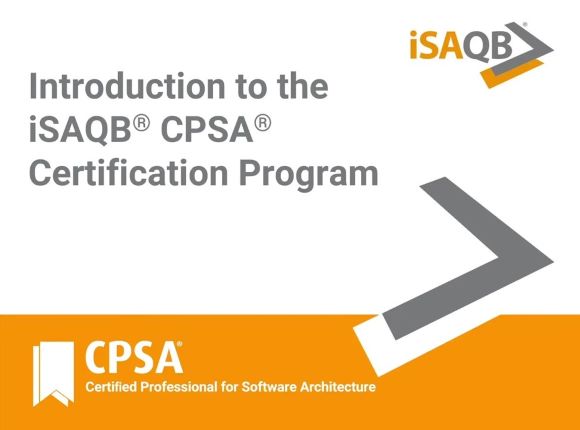Software Architecture Fundamentals
Interview with iSAQB chairwoman Mahbouba Gharbi at the OOP conference 2020 in Munich
Mirko Hillert: Hello, we are here at OOP in Munich. Standing next to me is Mahbouba Gharbi, chairwoman of the iSAQB. Mahbouba, you are an author, software architect and trainer. You wrote a book with Arne Koschel, Andreas Rausch and Gernot Starke. It is called Software Architecture Fundamentals. The book is quite successful and is now already in its fourth edition. What is the purpose of the book?
Mahbouba Gharbi: The book serves as a good tool for preparing for the iSAQB Foundation Level exam and as a follow-up as well, which means that after the certification is completed, this book serves as a reference book. It contains many topics that are covered in the curriculum, but also beyond that.
Mirko Hillert: So, you can also use this book to prepare directly for the CPSA Foundation Level exam? That works?
Mahbouba Gharbi: It works very well. We hope that it will also serve as a good means of preparing for the exam in the context of internationalization. It doesn’t replace good training courses, of course, but it’s a possible variant.
Mirko Hillert: What content does the book convey?
Mahbouba Gharbi: The main content is the coverage of the iSAQB curriculum, for example the basic terms software architect, software architecture and possible definitions. What are the roles and responsibilities of software architects? The prerequisites for creating a software architecture, then the topic of designing software architectures – how do I successfully design a software architecture that is sustainable and long-lasting? Which principles apply – the dos and the don’ts. Common patterns in the field of software architecture. How do I document software architecture? This is a very important topic. Writing means remaining present. Many software systems today suffer from a lack of software architecture documentation during maintenance, so this is also an important topic for us. What do I document, where do I document and with what do I document? We also deal with the topic of views on the subject of software architecture in this book and also in the curriculum. Architecture and quality: The architecture forms a basis for the quality of a software system and therefore the topic evaluation of software architecture must come early. Quantitatively and qualitatively an important topic. We also cover this in the book. We complete the topic with tools. Which tools are important for software architects? Which criteria do they have to consider when they have to make a tool selection? This is all part of the curriculum, but we also want to show the practical approach. We provide an example throughout this book, the cash system example. It deals with all these topics that we just mentioned throughout the whole book. And that’s simply to illustrate how you can put that into practice.
Mirko Hillert: Would you also recommend the book for higher education?
Mahbouba Gharbi: Absolutely, yes. Especially to engineers in the making and computer scientists who are in their final year. It is already being used, in Clausthal, for example. The University of Darmstadt announced interest as well. I would recommend it, because the students are our future engineers, future architects. It also creates a common basis, because each university has its own curricula, and with our curriculum, they have something in common. And we have actually founded a working group within the iSAQB, which has been in existence for years, namely the University working group. It deals with cooperation with universities and the book is definitely in use there.
Mirko Hillert: Mahbouba, I just saw that you brought something with you.
Mahbouba Gharbi: Yes, my message as chairwoman of the iSAQB, and also as a woman in the architecture world. “Architecture is my DNA”
And that is our DNA at the iSAQB.
Mirko Hillert: Wonderful closing words. Thank you for the interview, Mahbouba.
Mahbouba Gharbi: Thank you very much.
Watch the full interview here (German):
Share this article:
Related Posts
About the Author
Featured in this article





